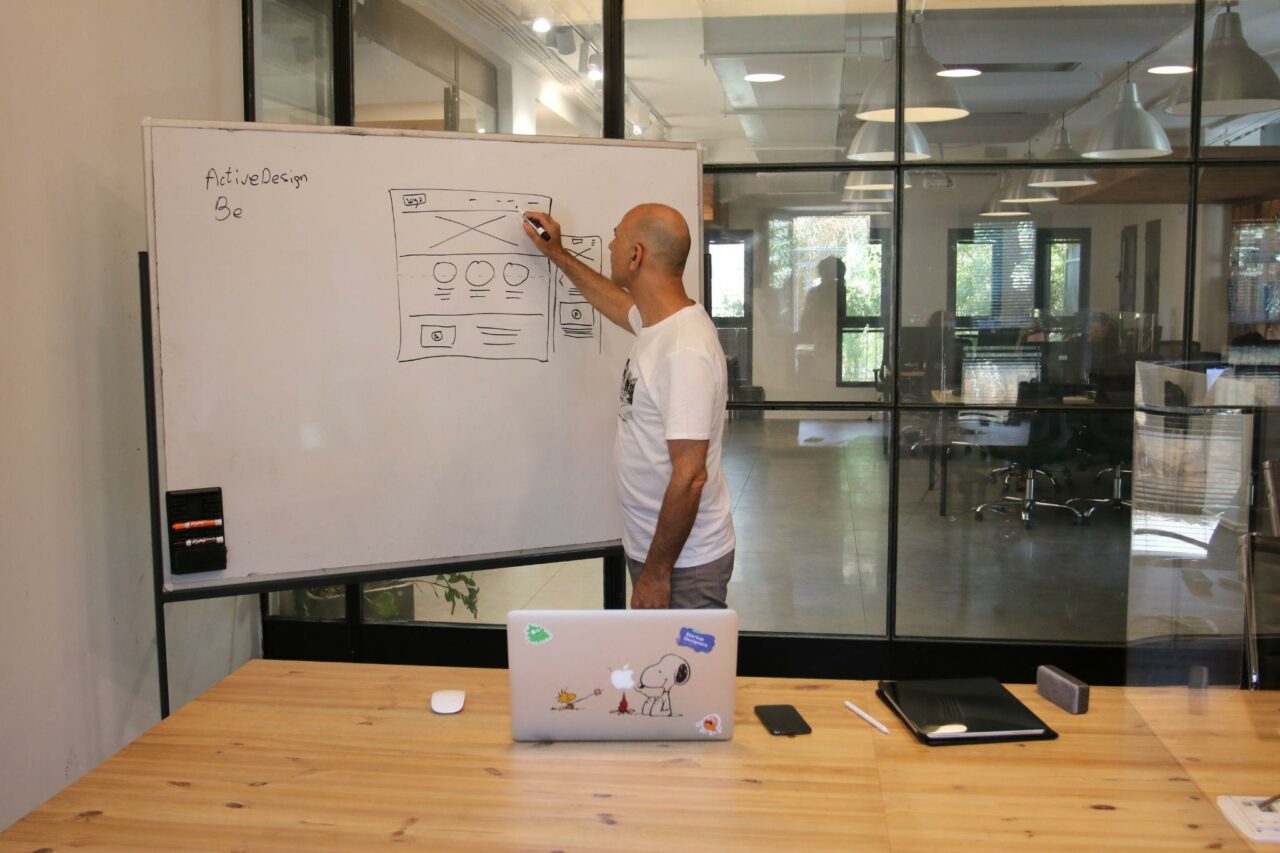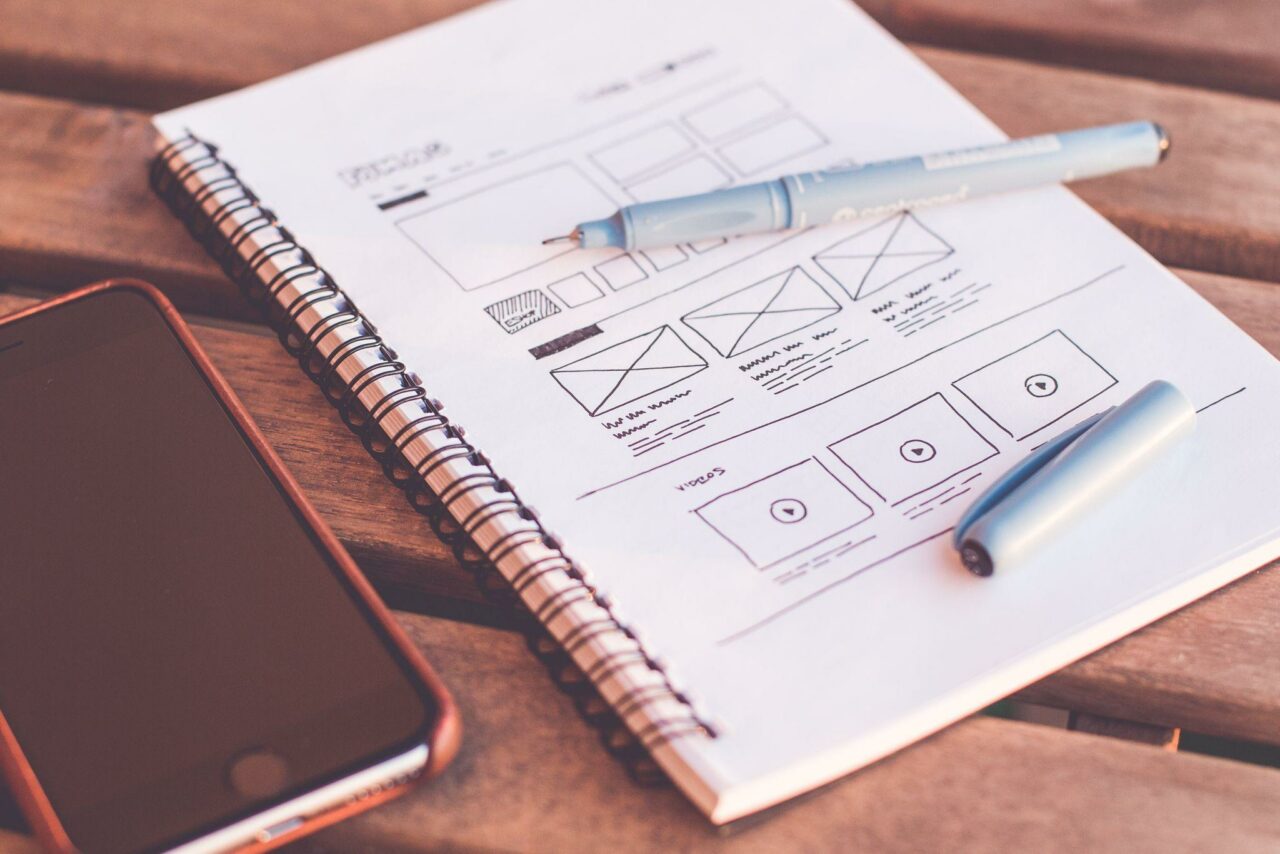In this detailed post, I will provide the advantages and disadvantages of being a user experience (UX) architect. Whether your inclination leans towards the stability of in-house positions, the challenges of projects, or the opportunity to try different industries.
You also need to pay attention to the downsides of this industry, such as high job pressure, market competition, and various other issues. So, there are many important things you should also consider carefully before embarking on this career. Let’s dive into the details below to get the answer!
Overview
Firstly, you need to have a basic understanding of who UX architects are, what their responsibilities entail, and the skills they need to possess. This is an important step when you want to gain a clear understanding of this career.
UX architects are professionals with crafting the framework and navigation of digital solutions, including websites, apps, software programs, mobile apps, etc.
They engage in research, interviews, and surveys to subsequently translate their findings into sitemaps, wireframes, and prototypes. They possess a strong grasp of user research, info architecture, interaction design, and content strategy.

Responsibilities
Below are some typical responsibilities of UX architects that I have compiled from my actual experiences for many years.
- Identify target audiences.
- Engage with the UX design standards team to develop specifications.
- Create a seamless end-to-end User Experience and workflow to enhance user engagement and drive revenue.
- Evaluate existing websites and platforms, providing recommendations.
- Effectively communicate and implement UX requirements as specified.
- Collaborate with the UX strategy team to define products and roadmaps.

As a UX architect, you’re expected to excel in the entire UX design cycle:
- Research: Conducting interviews, surveys, ethnographic research, developing personas, creating user journey maps, and performing competitive analysis.
- Design: Planning user flows, wireframing, prototyping, and establishing design systems.
- Information architecture: Creating sitemaps, application maps, process flows, organizing knowledge, defining hierarchies, and modeling data.
- User testing: Conducting usability testing and user feedback sessions to validate design choices and iterate on improvements. Analyzing usability test results and making data-driven design decisions.
- Prototyping tools: Proficiency in using prototyping tools like Sketch, Figma, Adobe XD, or similar software to create interactive prototypes.
The purpose of exploring the pros and cons of becoming a UX architect is to help you gain a better understanding of the benefits this field offers. Simultaneously, it also enables you to recognize the existing drawbacks for a more comprehensive overview.

Are you curious about the benefits of being a UX architect? If so, take a look at the following section to learn more. I’m sure it will be interesting and appealing.
1. High Demand and Salary
The demand for UX architects has surged as companies recognize the importance of user-friendly products. On average, UX architects earn around $123,848 per year, but many experts can earn more due to their unique skill sets.
These professionals excel in various tasks. As technology becomes more integrated into our lives, the demand for UX architects continues to rise, making it a promising career path.
2. Innovative and Creative Job
Working in this field offers abundant opportunities for creativity and innovation. Staying updated with the latest technologies is essential.
A prime illustration of this benefit is the ability to harness virtual reality for crafting immersive user experiences. Additionally, you can employ machine learning to personalize interactions based on user preferences and behavior.
3. Collaboration
Collaboration with diverse teams is instrumental in crafting successful and impactful products.
When UX architects work closely with stakeholders, they gain invaluable insights into user needs, enriching the design process and fostering the development of more efficient products.
Furthermore, this collaboration allows designers to ensure that their designs are technically feasible, ensuring alignment with the overarching product vision.
The exchange of ideas and perspectives within such an environment can ignite fresh and innovative design solutions.
4. Promising Career Growth
As the demand for UX professionals continues to surge, promising job security and an expanding market. This high demand is accompanied by competitive salaries, making it a financially rewarding field.
Moreover, the dynamic nature of UX architects encourages ongoing skill development and fosters creativity, ensuring professionals remain engaged and innovative throughout their careers.
Collaborative work environments and the opportunity to create user-centric solutions contribute to a sense of fulfillment and purpose in this profession.

After thoroughly examining the advantages, we will now delve into the disadvantages of this career. Its downsides may parallel the field of UX design with some differences.
5. Constantly Changes
Indeed, it’s evident that the landscape of UX architects is being continually shaped by new technologies, with artificial intelligence and virtual reality standing out as prime examples of this advancement.
Furthermore, the ever-evolving design trends have fundamentally shifted user preferences and expectations. UX architects must remain vigilant in keeping up with these advancements and integrate them into their design solutions.
This dedication to staying current is essential in ensuring the delivery of the optimal user experience.
6. High Pressure
UX architects frequently face the challenge of working under tight deadlines, which can exert significant pressure to deliver results swiftly.
However, it’s important to recognize that not everyone can consistently produce a high-quality product within such limited timeframes.
The difficulty lies in the fact that crafting an exceptional user experience is a process that requires both time and meticulous attention to detail.
Succumbing to the pressure to expedite the delivery of results can sometimes lead to the adoption of shortcuts, which, unfortunately, can have adverse effects on the overall user experience.
In essence, the trade-off between speed and quality is a complex aspect of the UX architect’s role that demands careful consideration.
7. Hard To Balance Business Goals & User Requirements
The alignment of business goals with user objectives can present both an opportunity and a challenge for UX architects.
Furthermore, incorporating customer feedback into product design is a critical aspect of UX architects. This practice underscores the importance of delivering results that align with customer needs and preferences, a responsibility that can exert considerable pressure.
Sometimes, these customer-centric objectives may conflict with the broader interests and goals of the company, necessitating adept navigation and balanced decision-making in the design process.
Should You Become A UX Architect?

This job offers more pros and cons, making it a fulfilling career, especially for those passionate about enhancing people’s lives through product design.
This profession stands out for its abundant job opportunities, thanks to the rapid advancements in technology. This trend ensures prospects for career growth, ultimately leading to competitive salaries.
If you have a love for learning and creativity, don’t hesitate to pursue this career. However, be prepared for the pressure of the workload.
Successfully managing this role requires substantial effort and time, emphasizing the importance of effective time management skills.
Conclusion
After considering the pros and cons of being a UX architect, do you believe this is a suitable field for you? In any profession, there are both strengths and weaknesses, and if you have a genuine passion for the strengths it offers and feel capable of addressing the weaknesses, I believe you should go ahead and pursue this career. Thank you for reading!
